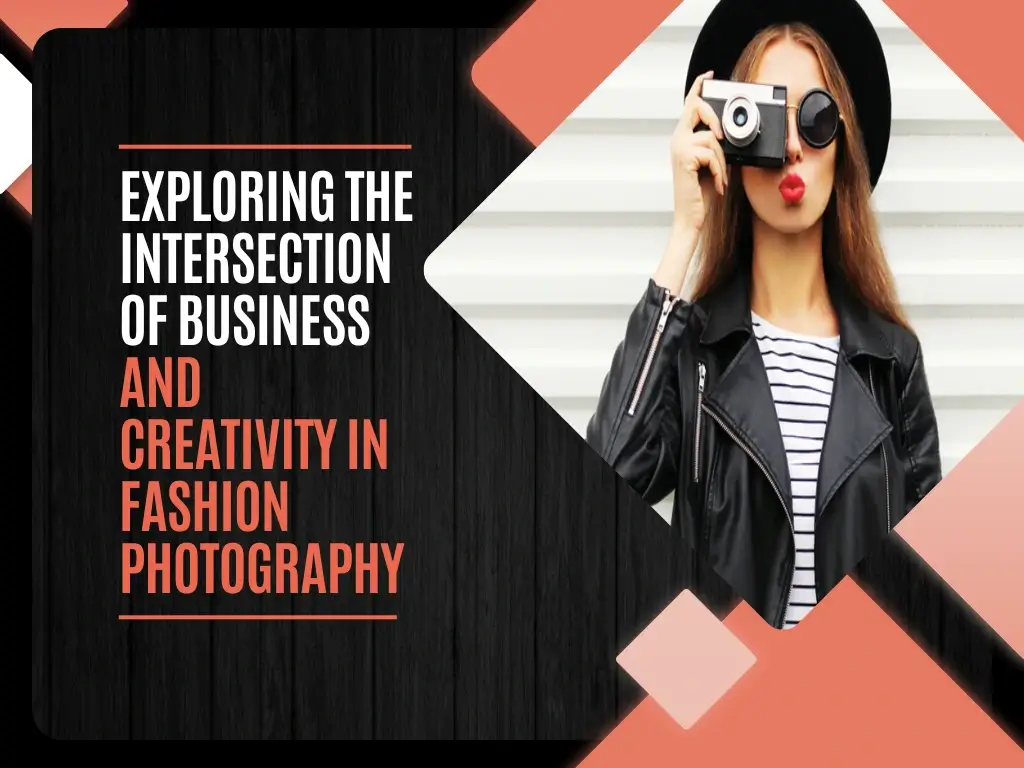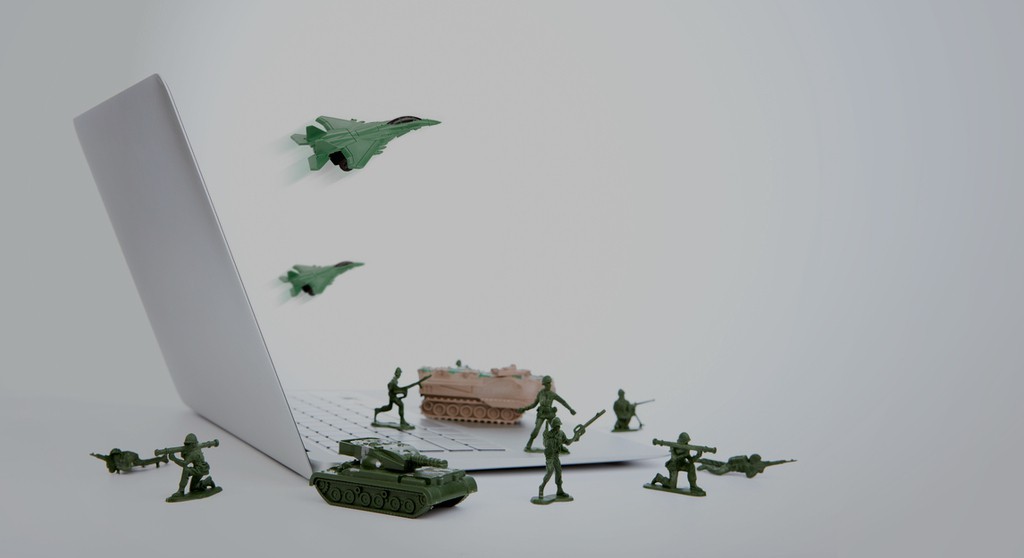Exploring the Intersection of Business and Creativity in Fashion Photography
Discover how fashion photography blends business strategy with creative vision to craft compelling visual stories and drive brand success.

Welcome to the fascinating world where art meets commerce in the realm of fashion photography. This unique industry blends creativity with business acumen, resulting in stunning visuals that captivate audiences worldwide. It’s not just about taking pretty pictures; fashion photography serves as a bridge connecting designers’ visions and the marketplace’s demands. In this blog, we’ll dive into how fashion photographers navigate the delicate balance between crafting artful images and achieving commercial success. Join us as we explore the intersection of business and creativity, unpacking the elements that make a fashion photograph not only visually appealing but also marketable.
The Role of Creativity in Fashion Photography
Fashion photography isn’t just about snapping pictures; it’s an art form where creativity is the key to differentiation and success. This genre combines aesthetics with practicality, capturing the essence of fashion in a way that appeals to both the mind and the eye.
Importance of creativity in setting trends and creating unique imagery
The heart of fashion photography beats with creativity. It’s what sets trends, tells stories, and creates a unique imagery that can turn a simple piece of custom clothing into an object of desire. Creativeness in this field involves experimenting with lighting, angles, compositions, and even the emotions portrayed by models. It’s about pushing boundaries and constantly exploring new ways to present fashion, making it not only seen but felt. This inventiveness not only captures the spirit of the current fashion world but also influences future trends by inspiring designers, stylists, and consumers.
Examples of fashion photographers known for their creative work
When talking about creativity in fashion photography, some names instantly come to mind. Photographers like Nick Knight, Mario Testino, and Annie Leibovitz have been at the forefront of blending art with fashion, bringing avant-garde concepts to mainstream audiences. Nick Knight, for example, is renowned for his digital manipulations and innovative approach to photography, while Mario Testino is celebrated for his ability to capture the personality and essence of his subjects, turning fashion photos into intimate portraits. Annie Leibovitz’s work, with its storytelling and dramatic lighting, transforms fashion shoots into cinematic experiences.
The Business Side of Fashion Photography
As much as fashion photography is about art, it’s also significantly about business. Understanding and mastering the commercial aspects of the industry are essential for photographers looking to make a name for themselves.
How business acumen helps fashion photographers thrive in the industry
For fashion photographers, business acumen is almost as crucial as creativity. Knowing how to market oneself, manage client relationships, understand copyright laws, and handle finances can make the difference between struggling and thriving. A strong business sense allows photographers to capitalize on their creative talents, ensuring their art reaches the widest possible audience and opens doors to lucrative opportunities.
Strategies for building a successful photography business
Building a successful business in fashion photography involves several key strategies:
- Developing a unique style that distinguishes your work from others.
- Networking effectively within the industry to build valuable contacts with designers, magazines, and modeling agencies.
- Utilizing social media and online portfolios to showcase your work to a global audience.
- Continuously educating yourself on the latest trends, techniques, and technologies in both photography and fashion.
Balancing artistic vision with client expectations
One of the most challenging aspects of fashion photography is finding the right balance between your artistic vision and the expectations of clients. To navigate this, effective communication and negotiation skills are vital. It’s about understanding the client’s goals and creatively integrating them with your style and ideas. This balance is crucial in creating a strong portfolio that not only displays your artistic talents but also showcases your versatility and ability to meet commercial demands. By doing so, you not only meet client expectations but often exceed them, leading to long-term collaborations and a reputation for reliability and creativity in the industry.
Collaborations: Where Art and Commerce Meet
The world of fashion photography thrives on the synergy between various creative minds. When photographers collaborate with brands, designers, and models, it becomes a dance of aligning commercial objectives with artistic expressions. Each party brings their unique perspective to the table, creating a melting pot of ideas that can elevate a simple photograph to an iconic piece of art. This dynamic is complex; it requires photographers to not only understand their own artistic sensibilities but also to navigate the commercial ambitions of brands and designers. Models, on the other hand, contribute their own creative energy and interpretation, adding another layer to the creative mix. The success of such collaborations hinges on effective communication and a shared vision, making every project a unique experiment in balancing various creative inputs with the end goal of commercial success.
Case studies of successful collaborations in fashion photography
One standout example is the collaboration between photographer Steven Meisel and the fashion house Prada. For years, Meisel has captured Prada’s collections, understanding the brand’s ethos and translating it into visually stunning campaigns that resonate both as pieces of art and as powerful commercial advertisements. Another noteworthy collaboration is between British photographer Nick Knight and designer Alexander McQueen. Their partnership pushed the boundaries of fashion photography, melding cutting-edge technology with avant-garde designs to create images that are etched in the annals of fashion history. These collaborations are a testament to the potential of creative synergy to produce work that is not only commercially successful but also pioneering in its artistic approach.
Finding Your Unique Voice in a Saturated Market
In the bustling, vibrant world of fashion photography, standing out can seem like a Herculean task. The market is saturated with talented individuals all vying for attention, making it critical for photographers to carve out a niche for themselves. This involves a deep dive into what makes your work unique—be it a distinctive use of light, an innovative approach to storytelling, or a special technique in post-production. The key is to consistently produce work that reflects this unique voice, creating a recognizable style that sets you apart from the crowd.
Leveraging creativity to differentiate your work and attract clients
Developing a unique stylistic fingerprint goes beyond just the aesthetic; it’s about how you translate concepts into images, the stories you choose to tell, and the emotions you evoke through your work. It’s this creativity that will not only set you apart but also attract clients who resonate with your artistic vision. Use your portfolio as a canvas to showcase your creativity, highlight your versatility, and demonstrate how your work can bridge the gap between art and commerce. Engage in personal projects that push the boundaries of conventional fashion photography and share these endeavors on social media and your website. These platforms offer a direct line to potential clients and collaborators, acting as a digital gallery of your inventive prowess. By leveraging your creativity, not only do you sharpen your artistic voice, but you also increase your attractiveness to clients looking for something beyond the norm in the crowded market of fashion photography.
Monetizing Creativity: Turning Art into Profit
In the intriguing world of fashion photography, the line between creativity and commerce is often a fine one. The challenge for many photographers lies in harnessing their artistic capabilities to build a thriving business. This journey toward monetizing creativity doesn’t have a one-size-fits-all formula but involves a mix of ingenuity, strategy, and understanding the market.
Diversifying revenue streams in fashion photography
One effective approach to achieving financial success in fashion photography is by diversifying revenue streams. By not putting all your eggs in one basket, you create multiple pathways to generate income, making your business more resilient. Here are some strategies:
- Stock photography: Selling your unused or generic fashion photos to stock photo websites can provide a steady stream of passive income.
- Workshops and tutorials: If you have a knack for teaching, conducting workshops or creating online tutorials can be an excellent way to share your expertise and earn extra.
- Collaborations and partnerships: Teaming up with fashion brands, stylists, or makeup artists for sponsored shoots can open doors to new opportunities and revenue sources.
- Specializing in niche markets: Focusing on a specific niche within fashion photography, such as sustainable fashion or plus-size models, can help you stand out and attract a dedicated clientele.
Tips for pricing your work and negotiating contracts
Pricing your work appropriately is crucial for your business. Undercharging can undermine your value, while overcharging may drive potential clients away. Here are some tips for striking the right balance:
- Understand your worth: Research what peers in your region and specialty are charging. Factor in your experience, portfolio quality, and the uniqueness of your style.
- Be transparent: Clearly communicate your pricing and what it includes to avoid misunderstandings. Offer packages but remain flexible to customize services based on clients’ needs.
- Learn to negotiate: Negotiating doesn’t mean lowering your prices upon pushback. Instead, emphasize the value you bring to the table. Be open to adjusting project scopes to fit budgets without compromising your rates excessively.
The Future of Fashion Photography: Trends and Innovations
Fashion photography, like any art form, is continually evolving. Staying abreast of trends and technological advances is crucial for photographers wishing to remain relevant and competitive.
Exploring how technology is shaping the future of fashion photography
Emerging technologies are revolutionizing the way fashion photography is conducted. High-resolution digital cameras and advanced editing software have become the norm, but there’s more on the horizon:
- Virtual and augmented reality: These technologies are opening new avenues for creating immersive and interactive fashion experiences.
- Drone photography: Drones offer a unique perspective, enabling shots that were previously impossible or prohibitively expensive.
- Artificial intelligence: AI is streamlining the editing process and can even contribute creatively, suggesting poses, compositions, and lighting setups.
Emerging trends in the industry and how creatives can adapt
To stay ahead, photographers must not only keep up with technological advancements but also cultural shifts and stylistic changes in the industry. Here’s what’s trending:
- Authenticity and inclusivity: There’s a growing demand for real, relatable images representing a broad spectrum of beauty. Emphasizing diversity in your work can set you apart.
- Sustainability: The fashion industry is facing a reckoning with its environmental impact. Highlighting sustainable practices and brands can resonate with eco-conscious clients and consumers.
- Digital-first content: The importance of digital platforms continues to rise. Creating content with social media, e-commerce, and digital publications in mind is crucial.
Incorporating these trends and innovations into your work not only keeps your portfolio fresh but also demonstrates your ability to evolve and adapt in the ever-changing landscape of fashion photography.
Conclusion
In the vibrant world of fashion photography, the blending of artistry with commercial acumen forms a unique spectacle. It’s a realm where creativity meets business; where the click of a camera not only captures beauty and innovation but also speaks a language understood in marketplaces around the globe. Fashion photographers, in their quest for artistic expression, navigate a delicate balance. They strive to make each shot a masterpiece of creativity while ensuring it aligns with the commercial goals of the brands they represent.
Creativity isn’t just about breaking new ground; it’s about weaving narratives that resonate with audiences and inspire desire.
Commercial success hinges not only on the ability to sell a product but on the capacity to tell a story that sells a lifestyle.
In every frame, there’s the opportunity to transcend mere fashion, creating images that echo in the halls of both art and commerce.
The intersection of business and creativity in fashion photography is both challenging and rewarding. By acknowledging this intricate relationship, photographers create visuals that do more than just satisfy the immediate demands of commerce; they craft an art form that endures and inspires. Herein lies the true essence of fashion photography: a dance between the visionary and the practical, a synthesis wherein every snapshot is a testament to the photographer’s ability to harmonize the demands of art with the necessities of business.



